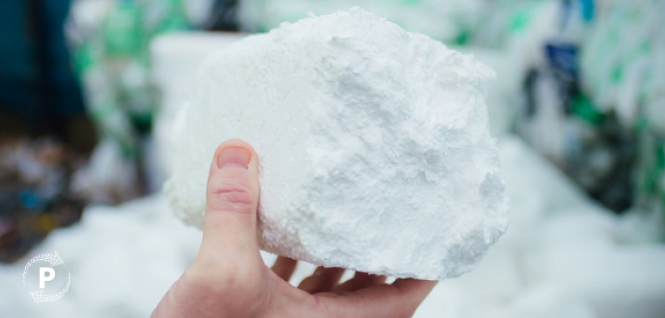
Get the best price for your commercial plastic
We pay the best price for your plastic waste.
Fill out the form below, tell us about your plastic waste and we will contact you.
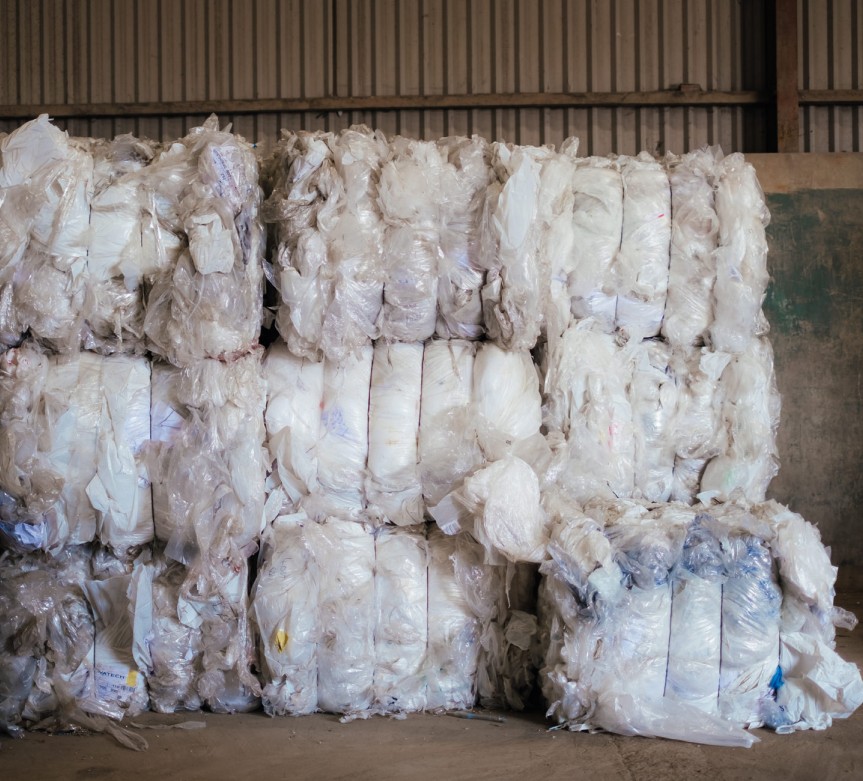

Get the best price for your commercial plastic
We pay the best price for your plastic waste.
Fill out the form below, tell us about your plastic waste and we will contact you.
We Buy Plastic
We pay the best price for your plastic waste
Fill out the form below, tell us about your plastic waste and we will contact you.
Materials we accept
PET
Polyethylene Terephthalate, or PET, is a clear plastic formed from the combination of glycol and terephthalic acid. It is lightweight and very strong, which makes it a popular choice for use as food and beverage packaging materials. Nearly all single-use drinks bottle are made from PET and it is commonly used in many other products, such as bottles for liquid soaps and cannisters for tennis balls.

HDPE
High-Density Polyethylene, or HDPE, is a thermoplastic made from the monomer ethylene. Being a thermoplastic, this material can be heated to become mouldable and then set rigid when cooled without altering its properties. This material is lightweight, strong, impact resistant, malleable, long lasting and weather resistant, making it highly versatile. HDPE is used for a broad range of purposes across many industries. For example, HDPE is used to make milk bottles, fuel tanks, children’s toys, piping, cereal box liners and bread bags.
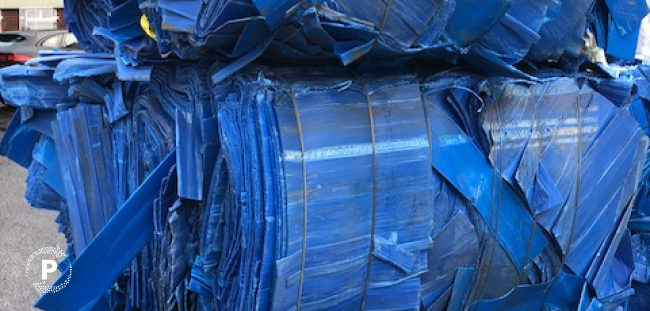
PVC
Polyvinyl Chloride, or PVC, is a plastic made by combining chlorine and ethylene. It is a very tough and strong plastic that is highly versatile, as it can be easily shaped – this gives it many possible uses in manufacturing. PVC can be mixed with certain additives that make it softer and more flexible; this means that PVC cannot only be used in construction items, automotive parts and medical equipment, but can also be used for polyvinyl flooring, upholstery and clothing.
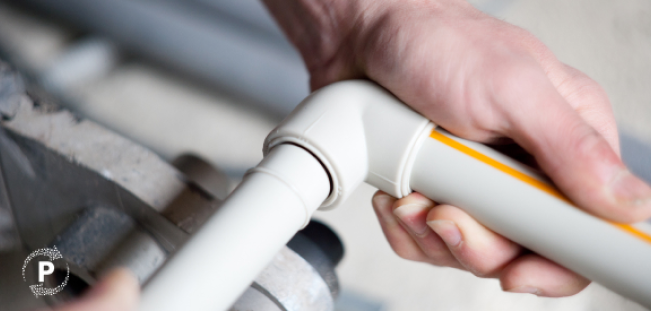
LDPE
Low-Density Polyethylene, or LDPE, is a thermoplastic made from the monomer ethylene. As a thermoplastic, LDPE can be heated, moulded, cooled and set rigid, all without alteration of its properties. LDPE is strong, lightweight and resistant to impact and chemicals. The properties of this material make it the perfect choice for use in the manufacturing of thin and flexible products, such as shrink-wrap, plastic bags, container lids, squeezable bottles, stretch film and more.
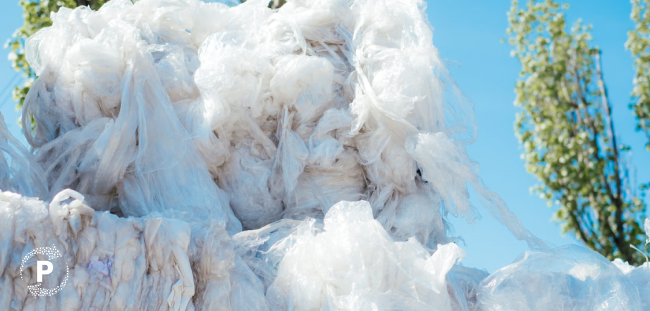
PP
Polypropylene, or PP, is a thermoplastic made from the monomer propylene. As it is a thermoplastic, this material becomes highly ductile when heated and will set rigid again when cooled without any change in its properties. PP’s mouldability makes it highly versatile and, together with its strength, its low weight and its resistance to moisture and chemicals, it has a wide variety of uses. PP is commonly used in products such as packaging materials, consumer goods and automotive parts.

PS Plastic Materials - Polystyrene (PS) is a thermoplastic; it is a hydrocarbon polymer sequenced from the monomer styrene. PS is highly adaptable as it can come in the form of a solid plastic or a rigid foam. When solid, PS is a popular choice for items such as food and beverage packaging and laboratory ware. When mixed with colorants or additives it can also be used in parts for electrical appliances, gardening equipment and many other products. Foam PS will often be over 95% air and makes for an excellent insulant; therefore, it is a popular choice for insulating homes and appliances, as well as for products such as food packaging and even surfboards.

PC
Polycarbonate, or PC, is a group of thermoplastics whose structure is made up of carbonate groups. Being a thermoplastic, PC can be made mouldable by heating it and then set rigid again when cooled without altering the properties of the material. It is resistant to impact, heat and chemicals, and is very strong and lightweight. This makes PC highly versatile and gives it uses in a variety of products, such as automotive parts, medical gear, construction parts, appliances, food packaging, consumer products and medical gear.

ABS
Acrylonitrile Butadiene Styrene, or ABS, is a plastic made from the monomers acrylonitrile, butadiene and styrene. This plastic is very strong and is also resistant to impact and chemicals. ABS is used in many everyday products, such as toys, plug sockets faces, tools and computer parts.

EPS
Expanded Polystyrene, or EPS, is a plastic made from the monomer styrene. EPS is made when beads of Polystyrene (PS) are expanded by gas. This material is very tough and extremely lightweight, giving it a great number of uses. EPS is used in insulation, as well as in products such as sports equipment, furniture and packaging material.
